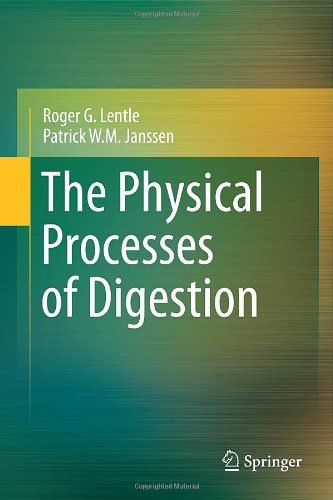

Most ebook files are in PDF format, so you can easily read them using various software such as Foxit Reader or directly on the Google Chrome browser.
Some ebook files are released by publishers in other formats such as .awz, .mobi, .epub, .fb2, etc. You may need to install specific software to read these formats on mobile/PC, such as Calibre.
Please read the tutorial at this link: https://ebookbell.com/faq
We offer FREE conversion to the popular formats you request; however, this may take some time. Therefore, right after payment, please email us, and we will try to provide the service as quickly as possible.
For some exceptional file formats or broken links (if any), please refrain from opening any disputes. Instead, email us first, and we will try to assist within a maximum of 6 hours.
EbookBell Team

0.0
0 reviewsThis book is aimed at physiologists, pharmacologists, nutritionists and food technologists whose work requires an understanding of the physical processes of digestion. <P>
The book provides an overview of what is known of the physical processes of digestion in man and other simple-stomached vertebrates in two broad sections. The first section considers the physical constraints that govern the dissolution and digestion of the various macronutrients within food particles, and the physical factors that influence their subsequent transfer to the gut wall, notably the rheology and permeability of digesta. The second section examines the effects of the alimentary, mechanical and biophysical processes on mixing and mass transfer. Included is a comprehensive review of the effects of the various types of contractile activity in the gut wall in securing efficient mixing and onflow of digesta through the various segments of the gut. The section also examines what is known of the actions of the mucinous and cellular components of the gut wall in lubricating the passage of digesta and in limiting the permeation and absorption of nutrients, pharmaceuticals and microbial products. The section concludes with a review of the effects of the various physical and morphological components of the gut wall that constitute the ‘unstirred water layer’ on the process of absorption. <P>
The authors are leaders in their field and have extensively researched the literature. The work cites over 1500 references including those pertaining to the latest developments.